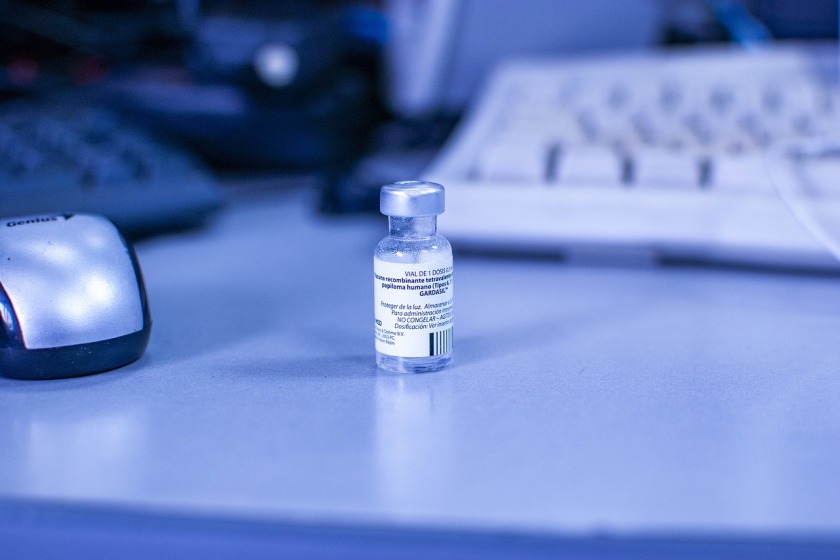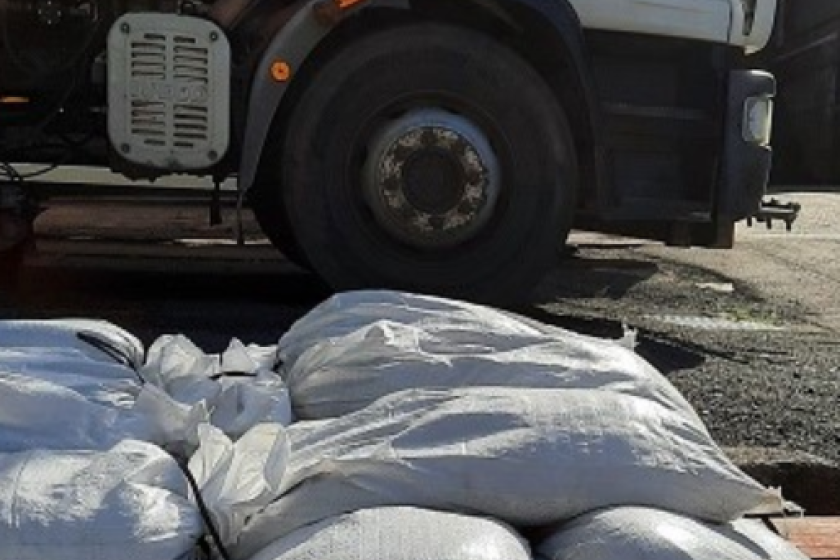Tue, 21 Nov 2023
A small number of rooms in five Isle of Man schools have been found to have above-average radon levels, but the Isle of Man Government are assuring the public that there are no immediate health concerns.
The minor exceedances were found at Kewaigue, Scoill Vallajeelt, St Johns, St Thomas’ Church of England, St Ninian’s and UCM where staff, students, and parents have been duly informed.
The naturally occurring radioactive gas is present in the air of all buildings at varying levels and comes from naturally occurring uranium in the ground and some building materials.
All state-run schools and University College Isle of Man (UCM) underwent testing this summer as part of the Isle of Man Government’s legal obligation to limit people’s exposure to radon.
The Department of Environment, Food and Agriculture (DEFA) was supported by the UK Health Security Agency (UKHSA) on the project that saw small detectors placed in around 500 ground-floor and basement rooms.
Upon analysing the data, the UKHSA informed the Government that the vast majority (97%) of rooms were well within the legal limit. Minor issues were found in 14 rooms, including a classroom, staff room and caretaker’s office.
The Department for Education, Sport, and Culture (DESC) has appointed a qualified radon expert to devise an action plan. This will involve minor works in affected rooms, with clear communication to be provided. Upon completion, the affected schools will be resurveyed.
A spokesman for the UKHSA said: “The results are similar to many other schools and workplaces tested across the UK, and established procedures should be followed.”
The UKHSA advised the DESC that affected schools should continue operating as normal.
Interim Director of Public Health, Professor Hugo van Woerden, said: “While short-term exposure to radon in schools might not immediately pose significant health risks, repeated or prolonged exposure to high levels, over an extended period, could potentially have adverse health effects.
“Health organisations like the World Health Organization (WHO) and the Environmental Protection Agency (EPA) have established guidelines and recommendations for acceptable levels in indoor environments, so it is essential for schools and public buildings to be regularly tested and action taken where necessary to ensure the health and safety of the people that use them.”
 Fri, 29 Dec 2023
Fri, 29 Dec 2023
 Fri, 29 Dec 2023
Fri, 29 Dec 2023
 Fri, 29 Dec 2023
Fri, 29 Dec 2023
 Fri, 29 Dec 2023
Fri, 29 Dec 2023
 Fri, 29 Dec 2023
Fri, 29 Dec 2023
 Thu, 28 Dec 2023
Thu, 28 Dec 2023
 Thu, 28 Dec 2023
Thu, 28 Dec 2023
 Thu, 28 Dec 2023
Thu, 28 Dec 2023
 Wed, 27 Dec 2023
Wed, 27 Dec 2023